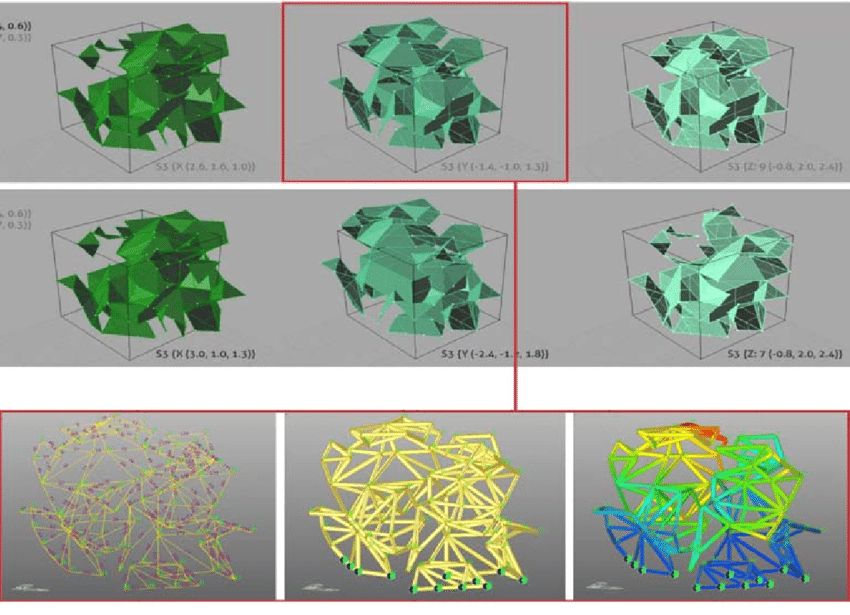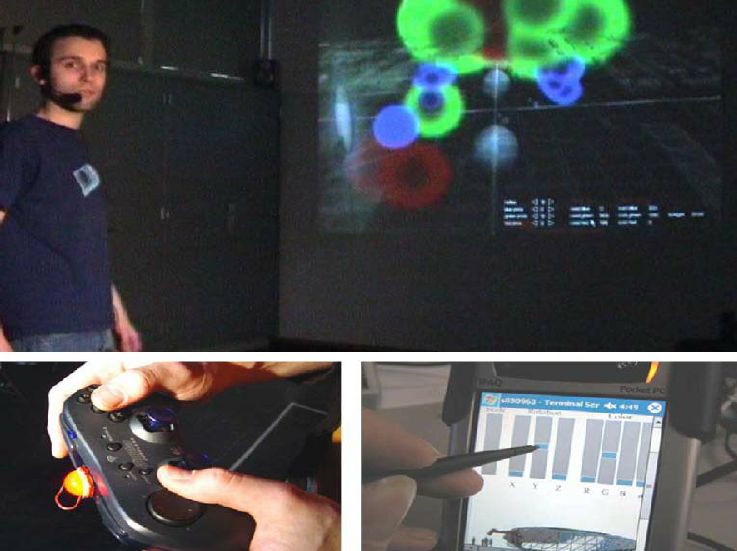Projects
- ArchiSpace: Space architecture in analogue environments
- Robotic Terrain Mapping
- Discretized and Circular Design
- CV- and HRI-supported Planting
- Lunar Architecture and Infrastructure
- Robotic Drawing
- Rhizome 2.0: Scaling-up of Rhizome 1.0
- Rietveld Chair Reinvented
- Cyber-physical Furniture
- Rhizome 1.0: Rhizomatic off-Earth Habitat
- D2RP for Bio-Cyber-Physical Planetoids
- Circular Wood for the Neighborhood
- Computer Vision and Human-Robot Interaction for D2RA
- Cyber-physical Architecture
- Hybrid Componentiality
- 100 Years Bauhaus Pavilion
- Variable Stiffness
- Scalable Porosity
- Robotically Driven Construction of Buildings
- Kite-powered Design-to-Robotic-Production
- Robotic(s in) Architecture
- F2F Continuum and E-Archidoct
- Space-Customizer
F2F Continuum and E-Archidoct
Year: 2007-2010
Project leader/Coordinator: Henriette Bier
Project team: K. Oosterhuis, H. Bier, C. Friedrich, S. Korebrits and VOR-team
Advisory team: Kas Oosterhuis (Hyperbody), Maria Voyatzaki (Architectural design and Technology), Constatin Spyridonidis (Online Education)
Funding: EU LL Erasmus (600K)
Continuum is an EU funded LL Erasmus multilateral project that aims at putting together schools of architecture and small to medium sized enterprises to exchange knowledge and know-how in the domain of design-to-manufacturing. The focus is on parametric design situated in a continuum from File-to-Factory (F2F). Participating universities and enterprises are complementary in their strengths and weaknesses. Namely, universities possess dedicated researchers with profound academic interest to conduct research but lack the infrastructure to test their ideas, whilst enterprises have the aforementioned infrastructure but cannot exploit it at academic research level. Continuum developed a series of activities such as workshops at small to medium sized enterprises that work with cutting edge F2F techniques to explore their limitations and potentials.
Read more:
https://f2fcontinuum.wordpress.com/partner-enterprises/
https://f2fcontinuum.wordpress.com/activities-and-work-packages-publication/
E-archidoct was offered in collaboration with 14 European universities 2008-10 as an Internet-based postgraduate program. In addition to the Internet-based individual and collaborative exchange between students and teachers facilitated by the open-source Modular Object-Oriented Dynamic Learning Environment (Moodle) which was incorporated into the E-Archidoct website, Protospace software applications (fig. 1) were as well integrated.
Fig. 1: Protospace software applications were integrated in the E-archidoct platform
Students were introduced to parametric software such as Virtools, Grasshopper and Generative Components employed in architectural and urban design projects. One project (fig. 2), for instance, applies parametric definition for the development of multiple designs. Parametric manipulation implied, among others, the use of the marching cubes algorithm, which constructs surfaces from numerical values; furthermore, programmatic considerations were parametrically defined with respect to function in relation to volume and orientation in 3D space, etc. CAD structural analysis employing MIDAS/Gen implied that data with respect to forces, moments and stresses was used in order to determine the placement and dimension of main and secondary structure, whereas final design was physically prototyped by means of CAM.

Fig. 2. Liu's project showing multiple design and evaluation phases employing design and structural engineering software
Results have been published in Internet-supported Multi-user Virtual and Physical Prototypes for Architectural Academic Education and Research (Bier, 2012) indicating that the classical concept of distance learning implemented when time and distance separate educators and students is increasingly replaced by Internet-supported systems that are employed to assist daily academic interaction even when researchers, educators and students are not separated by time or distance.
As technologies evolve and pervasive forms increasingly emerge, permeating all aspects of academic everyday life, concepts such as distance learning are gradually replaced by ubiquitous education and research implemented in sentient, interactive environments. The traditional divide between formal (physical) and informal (virtual) contexts of education and research is blurred. Technological as well as social, cultural, and institutional changes mean that learning, studying, and researching are possible across spatial and temporal barriers.
